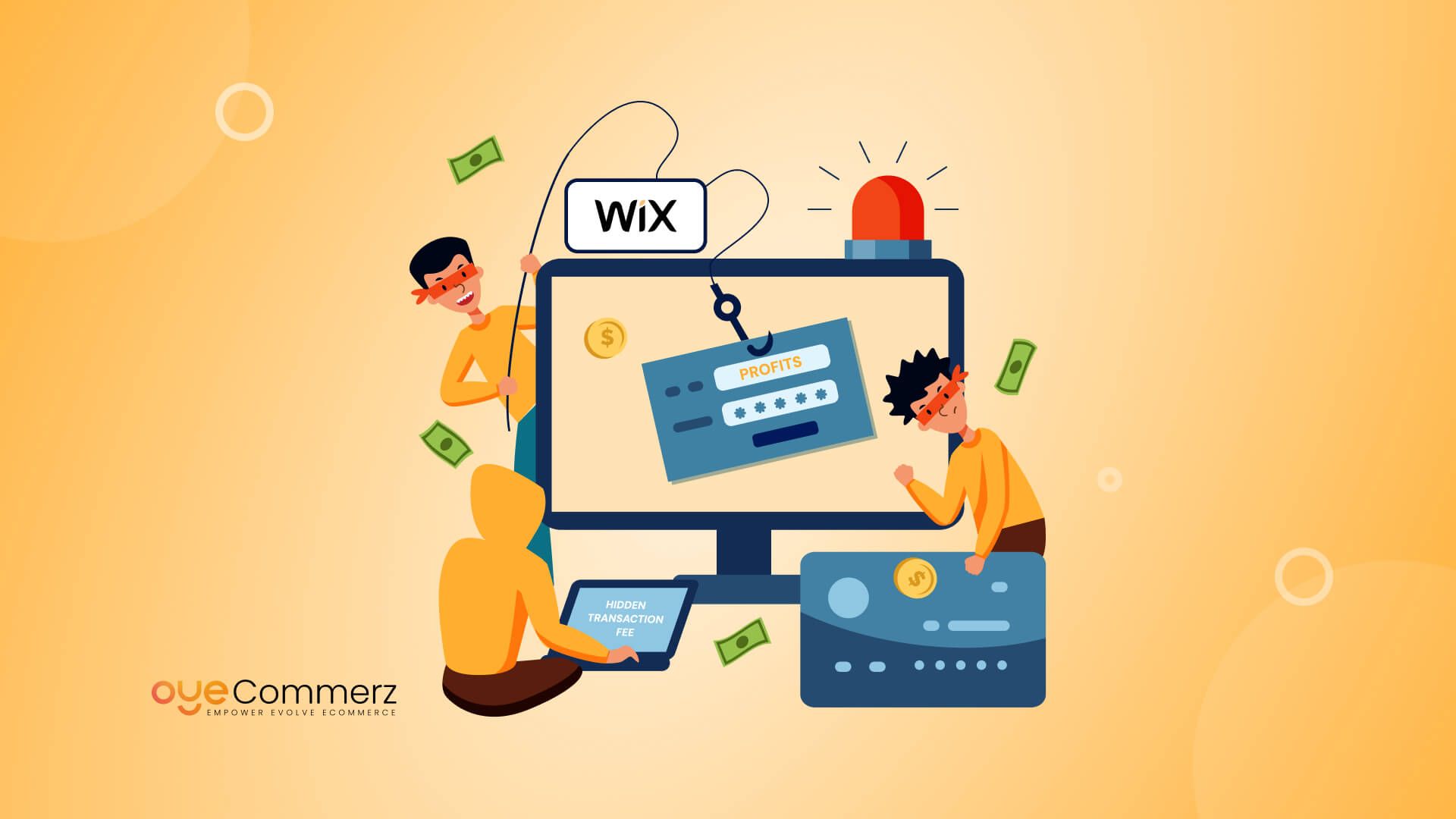In today's online landscape, selecting the right e-commerce solution is crucial for enterprise growth. If you're presently using Wix but thinking about a switch to Shopify, you are in good company. Many companies are migrating to Shopify to take advantage of its powerful features, expandability, and dedicated e-commerce solutions. This guide will outline the migration process, guaranteeing a seamless transition and preparing you for e-commerce success.
Why Switch from Wix to Shopify?
Before diving into the transition process, it's essential to recognize why Shopify might be a better choice for your e-commerce needs:
- Specialization: Unlike Wix, which serves various website types, Shopify is designed specifically for e-commerce, offering sophisticated tools and functionalities tailored for digital commerce.
- Scalability: As your company grows, Shopify can easily handle increased traffic and transactions volume without compromising efficiency.
- Wide-ranging App Ecosystem: Shopify provides a large library of apps that can boost your store's capabilities, from marketing tools to stock control options.
- Search Engine Optimization: Shopify offers better SEO options, which can assist in improving your store’s presence on Google and others.
- Payment Options: With numerous transaction platforms available, including Shopify Payments, you can offer shoppers a variety of payment methods.
Getting Ready for Transition
To ensure a smooth migration from Wix to Shopify, adhere to these preparatory guidelines:
1. Save Your Information
Export all your data from Wix, including item information, user data, and order history. This step is vital as it guarantees you have a backup of everything before starting the transfer.
2. Select a Pricing Option
Evaluate the different Shopify subscriptions offered and choose one that best suits your business requirements. Take into account factors such as costs, features included, and scalability options.
3. Create Your Shopify Profile
Register your Shopify account and familiarize yourself with the platform’s dashboard and tools.
The Transition Process
Now that you are ready, it’s time to migrate your store from Wix to Shopify. Here’s how:
1. Import Products
Use Shopify's built-in migration utility or external tools like Cart2Cart or LitExtension to move your products from Wix to Shopify.
Ensure that product descriptions, images, costs, and options are correctly transferred.
2. Migrate Client Information
Upload customer information such as names and email addresses into your new Shopify store. This step is vital for maintaining client connections and advertising strategies.
3. Configure Transactions
Set up transaction methods in your Shopify store to guarantee seamless payments. You can select from multiple platforms like credit cards, PayPal, and others.
4. Customize Your Store SEO for Shopify store Design
Choose a theme that aligns with your brand identity. Customize it using Shopify's design tools to create an attractive and user-friendly shopping experience.
5. SEO Optimization
Implement SEO best practices during the migration process:
- Set up 301 redirects from old Wix URLs to new Shopify URLs.
- Optimize product titles, descriptions, and photos with targeted How to select the best Shopify plan for your business search terms.
- Modify meta tags and alt texts for improved search engine visibility.
After Migration Steps
Once your store is active on Shopify, follow these follow-up steps:
1. Check Your Website
Perform thorough testing of your new store:
- Check product pages for accuracy.
- Test payment processes.
- Ensure all hyperlinks work correctly.
2. Promote Your Store
Broadcast your new store launch through newsletters and social platforms.
Think about running promotions or discounts to draw shoppers.
3. Track Your Progress
Leverage analytics tools within Shopify to track sales performance and customer behavior.
Modify your strategies based on performance analytics.
Conclusion
Migrating from Wix to Shopify can substantially improve your e-commerce potential and set the stage for growth and achievement. By following this guide and taking a systematic approach to the migration process, you can ensure a smooth move that reduces downtime and maximizes opportunities for revenue. Embrace the change and watch your online business thrive on its new platform!
